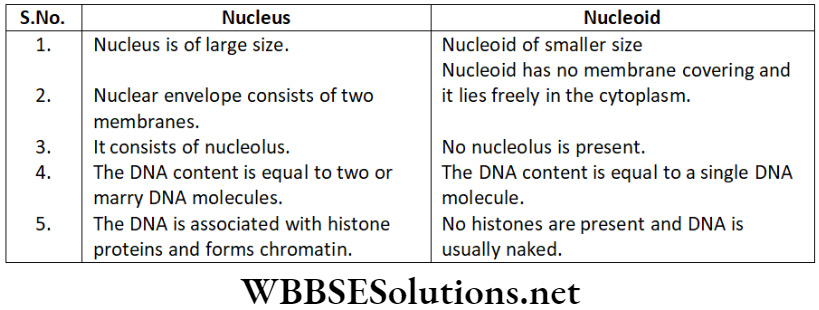Chapter 1 The Fundamental Unit Of Life Long Answer Type Question And Answers
Question 1. Discuss the differences between cell wall and plasma membrane.
Answer.
The differences between cell wall and plasma membrane:
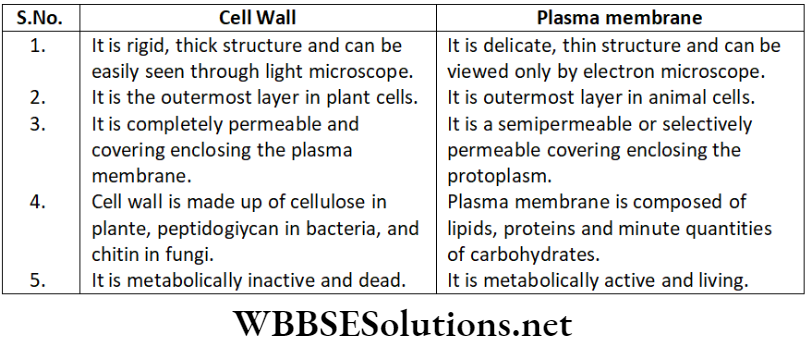
The Fundamental Unit Of Life
Question 2. How does an amoeba obtain its food?
Answer.
An Amoeba Obtain Its Food As Follows:
Amoeba obtains food using temporary fingerlike extensions on the cell surface which fuse over the food particle forming a food-vacuole. Complex substances are broken down into simpler ones inside the food vacuole which then diffuses into the cytoplasm. The remaining undigested material is moved to the surface of the cell and is thrown out resulting in excretion.
Read and Learn More NEET Foundation Long Answer Questions
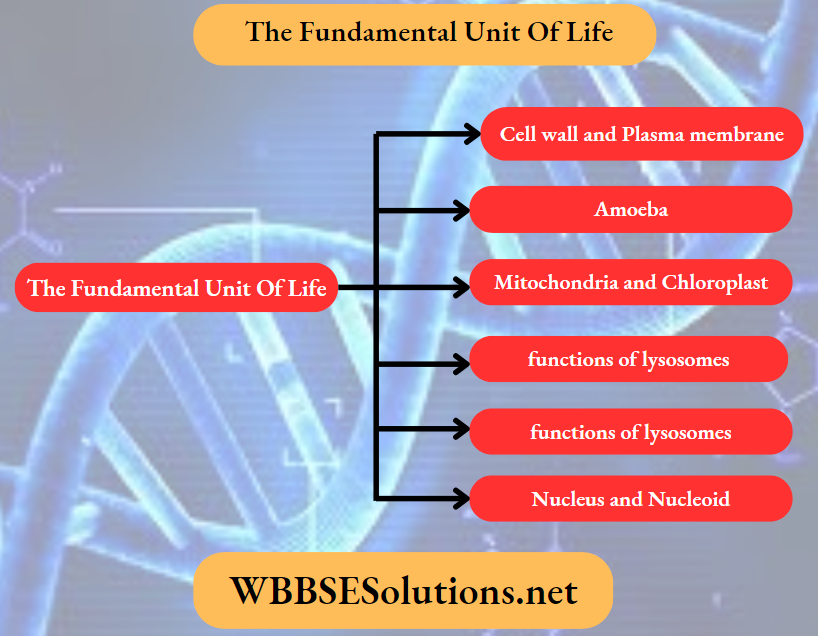
Cell The Fundamental Unit Of Life
Question 3. Discuss the differences between mitochondria and chloroplast.
Answer.
The differences between mitochondria and chloroplast:
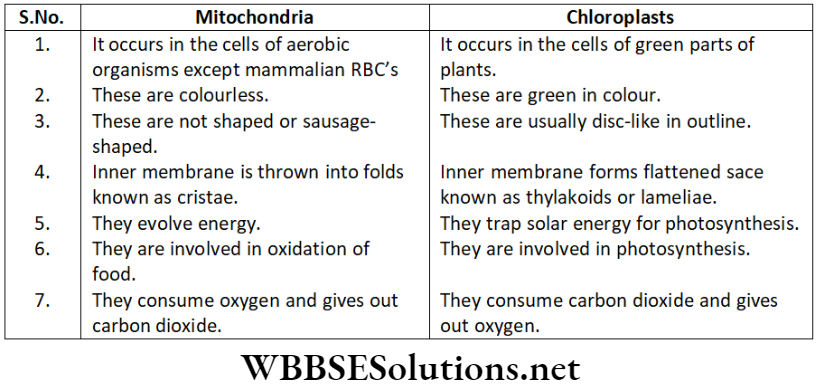
Question 4. Explain the functions of lysosomes.
Answer.
The functions of lysosomes:
- Lysosomes act as intracellular digestive system by destroying any foreign material that enters the cell and hence, these are called digestive bags. By doing this, they protect the cells from any harmful effect of foreign material such as from bacterial infection.
- Lysosomes remove the worn out cellular organelles by digesting them so that new replacements are done. By doing this, they remove the cell debris. Thus, lysosomes act as a type of garbage disposal system of the cell. These are also known as demolition squads, scavengers and cellular housekeepers.
- At the time of breakdown of cell structure, lysosomes may burst and the enzymes released eat up their own cells. Thus, lysosomes are also known as suicidal bags of a cell.
| Class 11 Physics | Class 12 Maths | Class 11 Chemistry |
| NEET Foundation | Class 12 Physics | NEET Physics |
Question 5. Discuss the functions and types of ribosomes.
Answer.
The functions and types of ribosomes:
- Function: Ribosomes play a crucial role in the synthesis of proteins. These are the factories of protein in a cell. One ribosome cannot perform protein synthesis. In 1963, Gric and Hall published the detailed role of polyribosome in protein synthesis and showed that active units are no individual ribosome, instead a group of these units are known as polyribosomes.
- Types of ribosomes: Basically, there are two types of ribosomes, such as 70S and 80S ribosomes. Here, S denotes Svedberg unit, which is the sedimentation coefficient that depicts how fast cell organelle sediments in an ultracentrifuge. Sedimentation coefficients cannot be additive.
Question 6. Discuss the differences between smooth endoplasmic reticulum and rough endoplasmic reticulum.
Answer.
The differences between smooth endoplasmic reticulum and rough endoplasmic reticulum:
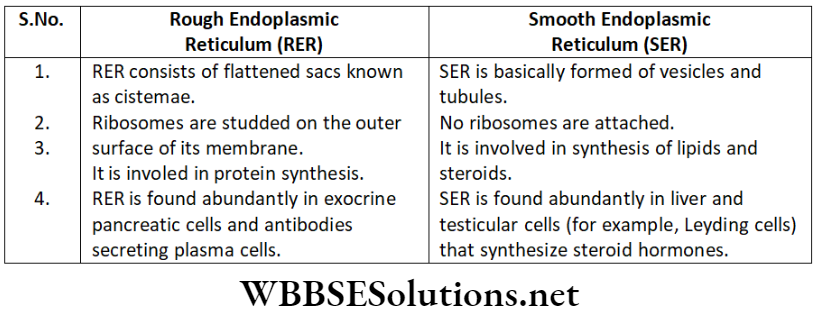
Question 7. Discuss the structure of nucleus.
Answer.
The structure of nucleus:
The nucleus is membrane-bounded, centrally located, spherical structure present in the eukaryotic cell. There are two nuclear membranes forming a nuclear envelope. There is a space between two nuclear membranes, which is connected to a system of membranes known as endoplasmic reticulum (ER).
The nuclear envelope makes the nucleus distinct from the cytoplasm. It also contains many pores called nuclear pores and consists of the liquid ground substance called nucleoplasm. Nuclear pores permit the transfer of substances between the nucleoplasm and the cytoplasm.
The nucleoplasm consists of the nucleolus and chromatin material. The nucleolus is not bounded by any membrane, and is rich in protein and RNA (ribonucleic acid), and thus, it acts as the site for ribosome production. Ribosomes help in protein synthesis in the cytoplasm.
Question 8. Discuss the differences between nucleus and nucleoid.
Answer.
The differences between nucleus and nucleoid:
